
Plant Pest Diagnostics Center - Entomology Laboratory
Research Programs - Insecta: Odonata
CDFA Odonatists
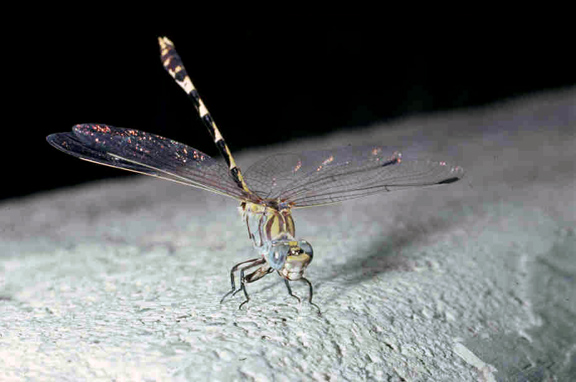
For most recent interactive New World Odonata listing, go here .
This is an updated catalog of New World Odonata based on the original list by R.W. Garrison published as vol. 3(2) of Argia on 15 June 1991. Many nomenclatoral changes and synonymies have taken place since that list was published. This version of the synonymic list includes many additions and changes, and represents a complete listing for all described Odonata of North, Middle, and South America. Species misidentifications are not included. Please note that this list is not to be considered a publication and we would appreciate any comments and corrections.
Be sure to visit OdonataCentral for more information on Odonata
Dragonfly Genera of the New World. An Illustrated and Annotated Key to the Anisoptera (2006)
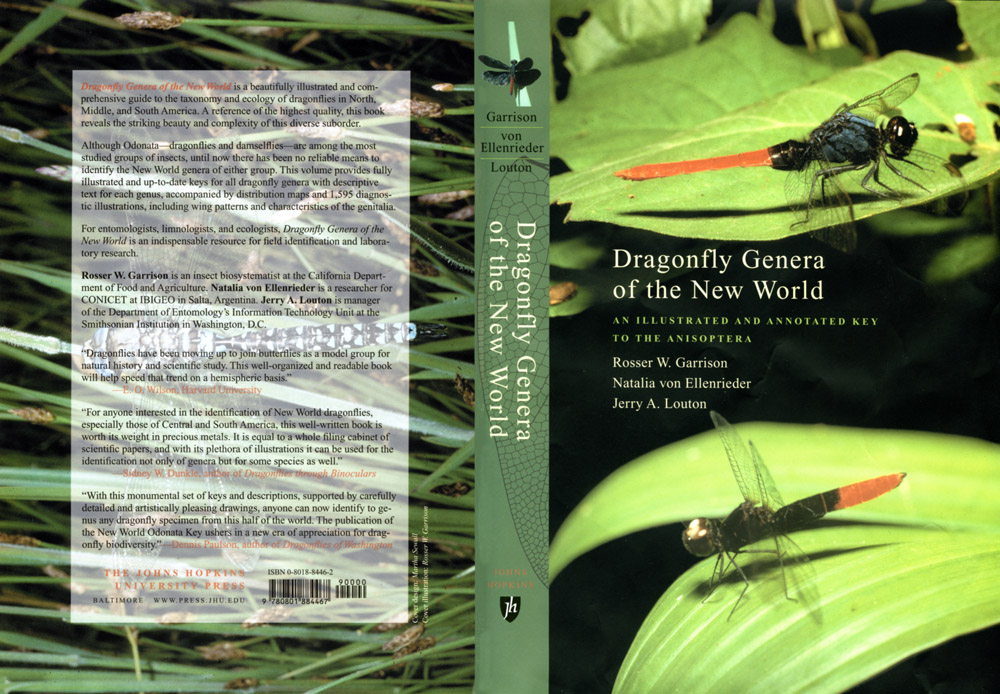
Damselfly Genera of the New World. An Illustrated and Annotated Key to the Zygoptera (2010)
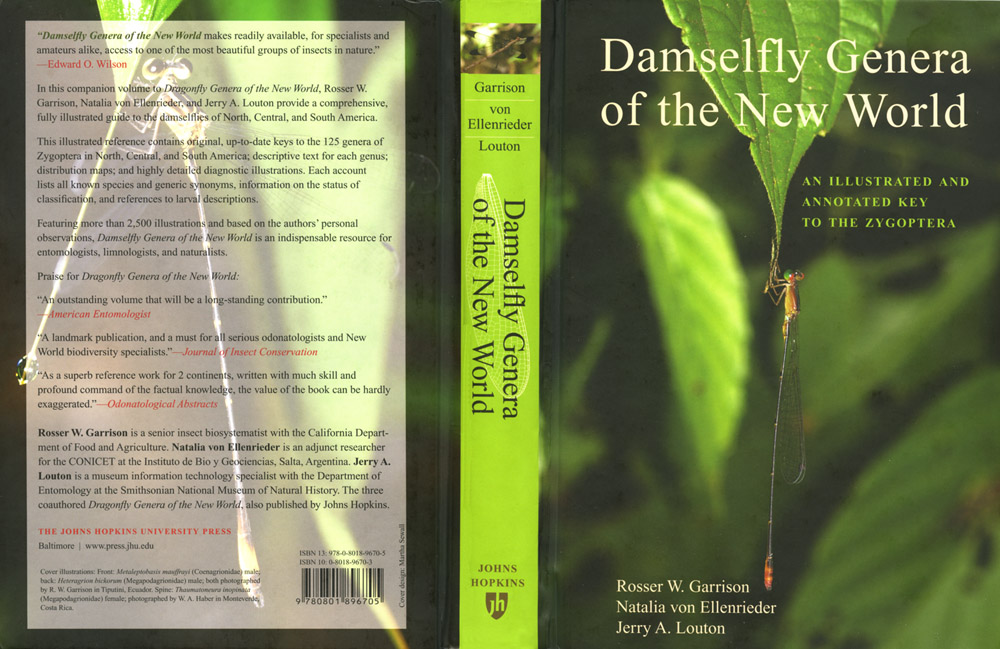
Drs. Garrison and von Ellenrieder work extensively on general faunistics of dragonflies worldwide. Along with coauthor Jerry Louton, they recently published the two books feDrs. Garrison and von Ellenrieder work extensively on general faunistics of dragonflies worldwide. Along with coauthor Jerry Louton, they recently published the two books featured on the left, providing fully illustrated keys for all described genera of adult Anisoptera and Zygoptera of the New World (North, Central, and South America). Both volumes include an INTRODUCTION, explaining the rationale for writing the books, illustrated terminology of the characters used, methods of collection, preservation and photography, brief history of Odonatology workers in the NewWorld, how to use the books, and further suggestions on where to go for more detailed information. These chapters are followed by KEYS TO FAMILIES, allowing placement of specimens for further identification to genus. FAMILY ACCOUNTS for eachof the seven dragonfly and twelve damselfly families include illustrated generic keys for males and females, and for each genus type species data, total number of world species followed by number of New World species, synonymic list of all NewWorld species including reference to larval (L) descriptions, and an asterisk (*) for species examined, references to taxonomic revisions, general distribution, short description and diagnosis, unique characters, status of classification, potential for discovery of new species, and habitat and general notes including adult and larval biology. Each genus account also includes a thumbnail distribution map, and illustrations of the taxonomically important caudal appendages, wings, and other diagnostic characters. COLOR PLATES with photographs show representative New World dragonfly and damselfly families. REFERENCES include a listing of the main taxonomic, ecological or behavioral studies available for the region. For corrections and additions posterior to the publication of the two volumes see here.
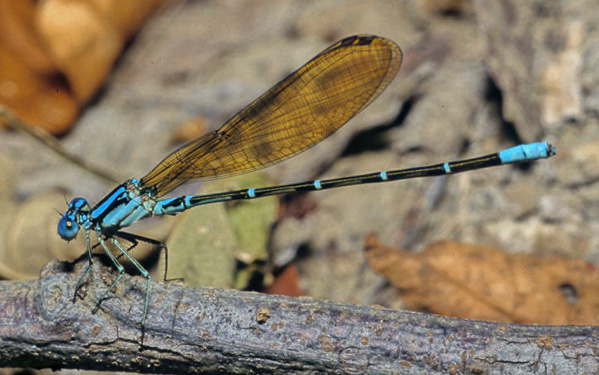
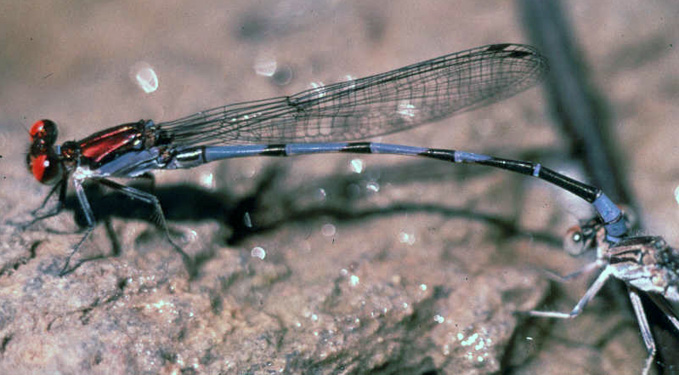
Argia is the most speciose and complex of Odonata in the neotropical region. Over 100 names have been employed for this genus. In 1994 "A synopsis of the genus Argia of the United States with keys and descriptions of new species, Argia sabino, A. leonorae, and A. pima, (Odonata: Coenagrionidae)" was published in the Transactions of the American Entomological Society (see Garrison 1994b in CV for full citation). The late Leonora K. Gloyd began to revise the genus over 60 years ago, but never completed her studies. Dr. Garrison is currently working on a synopsis of the neotropical components of the genus. He has been able to examine all described species, verify their identity with type material, and is in the process of illustrating all species.
Scientist:
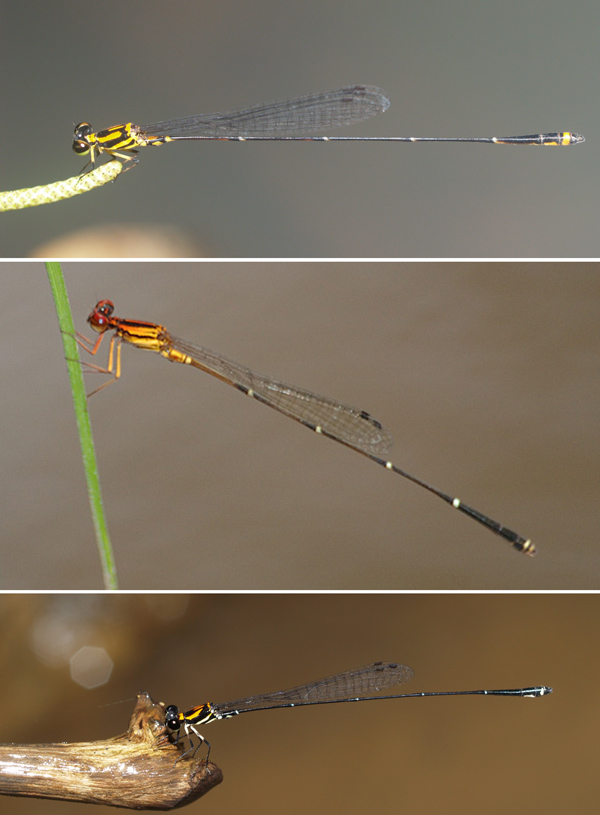
Protoneura
Dr. von Ellenrieder is working on a synopsis of this Neotropical genus, which will include illustrated keys to males and females thus facilitating species identifications, currently difficult because no comprehensive keys for all described species exist and original species descriptions have to be consulted.
Scientist:
Entomology Sub-Menu
Plant Pest Diagnostics Center
CDFA Collections
General Info/Links
Contact Us
3294 Meadowview Road
Sacramento, CA 95832
Phone: 916-262-1100
Fax: (916) 262-1190

